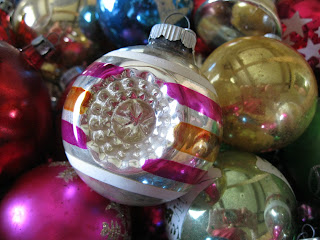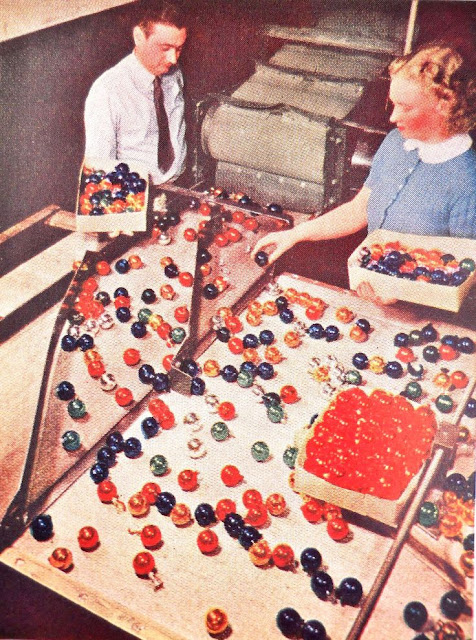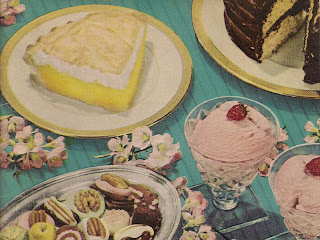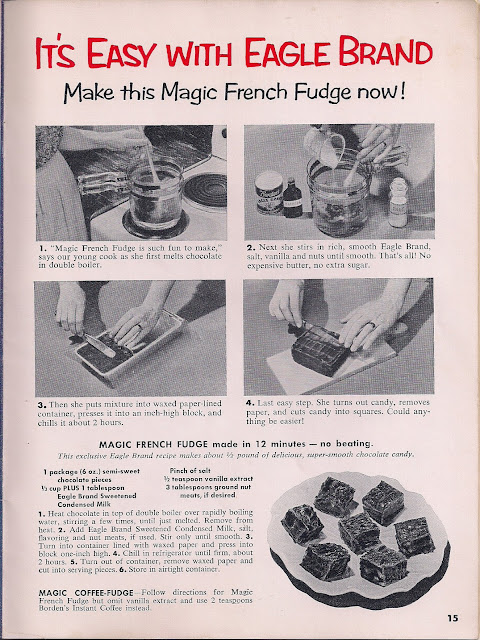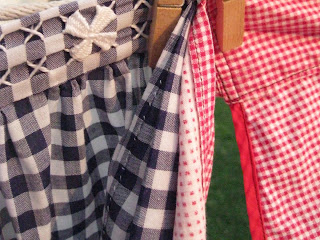A month or so ago, I came across a fascinating article on Shiny Brite Ornaments. By now, I am sure you all know my love for vintage glass ornaments! We have put them on the tree, piled them in baskets, jars and vases, decorated wreaths and hung them in windows. Such a fun vintage touch!
"Inexpensive colorful glass Christmas ornaments have been an important part of American Christmas tree decorating since the 1880's, when retailer Frank W. Woolworth began importing and selling them in his 5 & 10 cent stores.
The glass making centers of Germany were the primary source for glass ornaments, but by the 1920's, Czechoslovakia , Poland and Japan were producing ornaments as well. "
"During the late 1930s, Nazi German U-Boats terrorized the North Atlantic........This also curtailed the importing of European Christmas ornaments to the United States . As a result, American retailers were scrambling to find sources for inexpensive glass ornaments."
"This led German importer Max Eckardt, in cooperation with F. W. Woolworth’s, to approach Corning Glass Works regarding the possibility of adapting their ‘Ribbon Machine’ light bulb machinery to Christmas ornament production. Corning agreed and began developing Christmas ornament production during late 1938 and began ornament production in earnest at their Wellsboro, PA plant in 1939."
"Because of anti-German sentiment caused by Germany 's hostility during the late 1930s, the early Corning ornaments were completely new and modern and did not rely on old European Christmas ornament styles for inspiration..... In addition to simple spheres, several ornament shapes were industrial-inspired Deco Modern. By not using old European ornaments for inspiration, the new Corning ornaments completely symbolized Americanism, Patriotism and the American Ideal."
"In December 1940, Life Magazine published a brief article describing Corning ’s foray into Christmas Ornament production. Life stated:
CHRISTMAS ORNAMENTS - U.S. NOW MASS-PRODUCES THEM
“The war has reached its long tentacles into the coziest corners of U.S. industry and, as a result, the U.S. this year for the first time in history will be self-sufficient in the matter of Christmas-tree ornaments. Normally the U.S.consumes from 50,000,000 to 80,000,000 ornaments a year. Until last year it imported 99% of them from Europe, largely from Germany and Czechoslovakia where they were made by cheap home labor. Last year the European supply was cut off and America suffered a severe ornament shortage. This year, however, the Corning Glass works, which produces glass in many forms from light bulbs to the 200-in. mirror for Mt. Wilson , is producing 40,000,000 ornaments."

"In addition to their own brand of Christmas ornaments, by 1940,Corning was producing all the ornament blanks for several different Christmas ornament decorating and distributing companies. Max Eckardt decorated and marketed Corning blanks under his Shiny Brite brand. During most of World War II, Shiny Brite ornaments were packed in boxes with patriotic, Victory graphics showing Uncle Sam shaking hands with Santa Claus. Other companies utilizing Corning ornament blanks during the 1940's were Santa Heim, Coby, George Franke, Marks Brothers, Doubl-Glo, and Santa Novelties - these companies simply decorated the Corning manufactured blanks and sold them as their own brands, they did not manufacture any of the glass themselves."
Ins't that a fascinating story? Before this year, somehow I had missed all that history!















